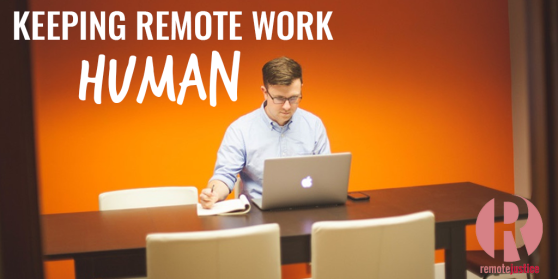
There are a lot of myths about remote work, so you can imagine how happy we were to see some of them being debunked on the Huffington Post last month! From applications to promotions, this article tackles five of the biggest misconceptions when it comes to this type of work.
Our favorite is Myth #5: Remote work is bleak and lonely.
I’m not saying that nobody in the world has ever felt lonely while working remotely.
Sure, when you don’t go into an office every day, you miss out on a lot of spontaneous interaction. Here’s the thing, though: Many companies use instant chat communication tools, so even though you won’t see your coworkers in person, you can still ping them anytime with questions.
And if you ever want to get out of the house (for the sake of your sanity), you can work at a nearby cafe or check out a coworking space. Some companies even offer stipends to employees who prefer to work at coworking spaces.
At Provide, we are in constant communication with one another through technological tools such as Skype for Business and Yammer. There are lots of ways to keep communication and responsiveness throughout the team, and we are grateful to be able to utilize them!
To read the rest of the myths debunked by the Huffington Post, click here!









